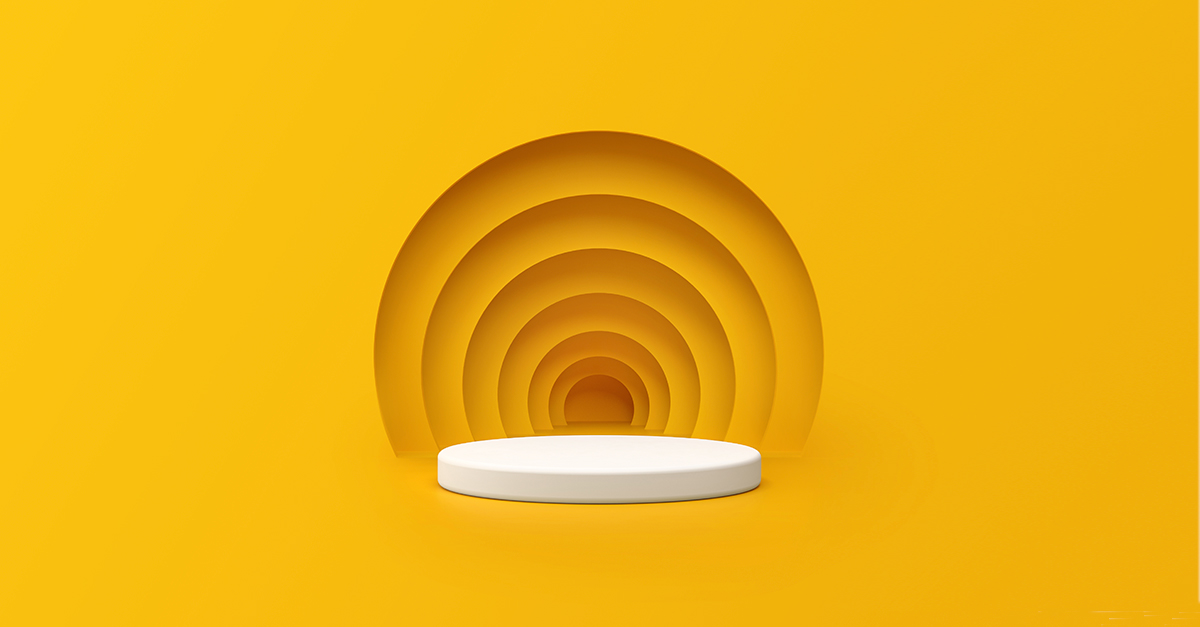Few business owners can deny that high-quality graphic design will enhance any brand’s digital presence. As the competition for online attention and conversion intensifies, we’ve observed that more and more businesses are building professional graphic design into their marketing budgets as standard – as opposed to it being just a ‘nice to have’.
Showcasing consistent design of a high standard is a significant indicator of brand credibility – one that’s capable of increasing sales by as much as 33 per cent providing it can make an impact in under 0.05 seconds.
When you weigh up the pros and cons, hiring a professional graphic designer suddenly makes a lot of sense – particularly for decision-makers who see the value in design and are willing to invest in quality. The big question, then, is in what capacity do you hire a designer: permanent, freelance or agency.
As with so many things, COVID-19 caused business owners to explore new ways of staffing or outsourcing their graphic design requirements. Nowadays it’s shocking to think that only about eight percent of employees had the option work-from-home (WFH) pre-pandemic, and that many businesses were apprehensive about adopting a remote working model.
What ended up happening of course was that the great online transition proved that WFH and hybrid (some days in the office; some from home) structures were not only viable, they also represented an excellent opportunity for employers to fish in a broader talent pool.
Since the pandemic, many graphic designers have sought out and embraced roles that allow for greater flexibility, and business owners have adopted innovative approaches to building teams and maintaining synergy.
It can be tricky to balance your marketing budget with the potential return on investment the right graphic designer will generate for your business, so we’ve provided a summary of options and key considerations to make before hiring.
Your options are:
– Finding a trusted freelance graphic designer you can brief regularly for ongoing work, or one off projects.
– Recruiting for a permanent full-time, part-time or casual in-house graphic designer.
– Partnering with an agency to act as custodian of your brand and handle your graphic design needs.
We’ve broken down the basics of each option, including the relative timelines, costs and time investment, below:
| Freelance graphic designer | In-house graphic designer | Design agency | ||||||
|---|---|---|---|---|---|---|---|---|
|
|
Length of working relationship |
|
. |
|
. |
|
. |
|
|
|
Budget |
|
. |
|
. |
|
. |
|
|
|
Time investment |
|
. |
|
. |
|
. |
|
|
|
Availability |
|
. |
|
. |
|
. |
|
|
|
Skills |
|
. |
|
. |
|
. |
|
Of course, there’s one key consideration that inevitably overrides the rest: output quality. As with any other position, all graphic designers are not made equal – they have different levels of experience, skill sets, natural design styles and preferences, personalities, motivations, expectations for employers and so on.
While there are many freelance designers capable of producing quality work, hiring someone long-term gives you the opportunity to invest in their training and development – an investment that can lead to greater pay-off long-term.
Then again, you can skip the training phase by hiring a team of agency professionals who are accustomed to working together and producing high-quality work to a brief.
Do you need professional-quality graphic design work to help your business stand out online?
Tell us about your requirements in our contact form to learn how we can enhance the perception of your business at every touchpoint.

